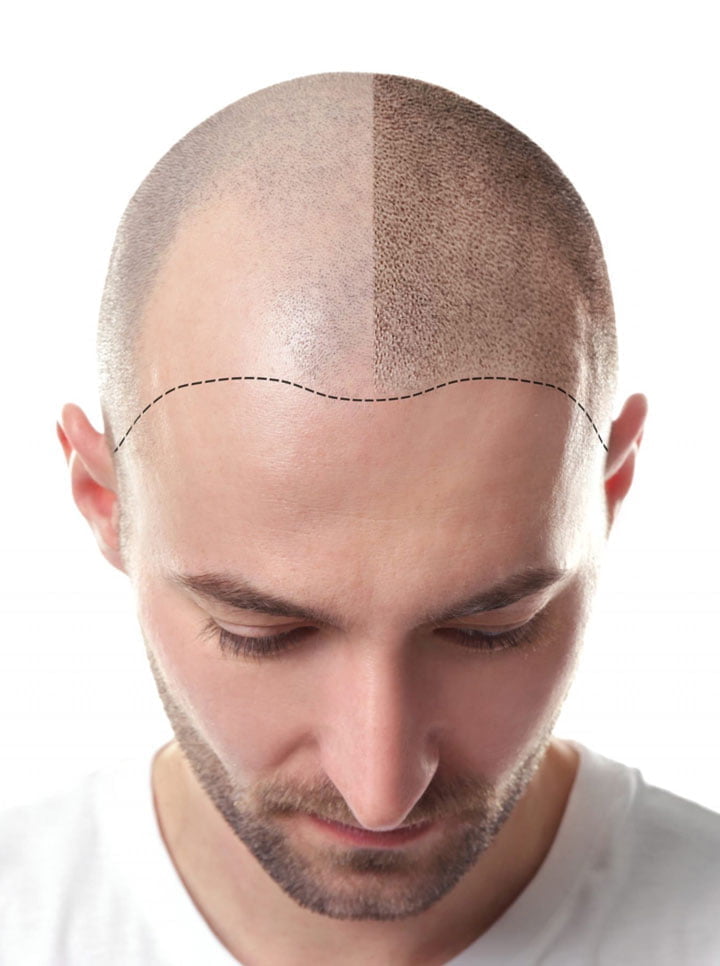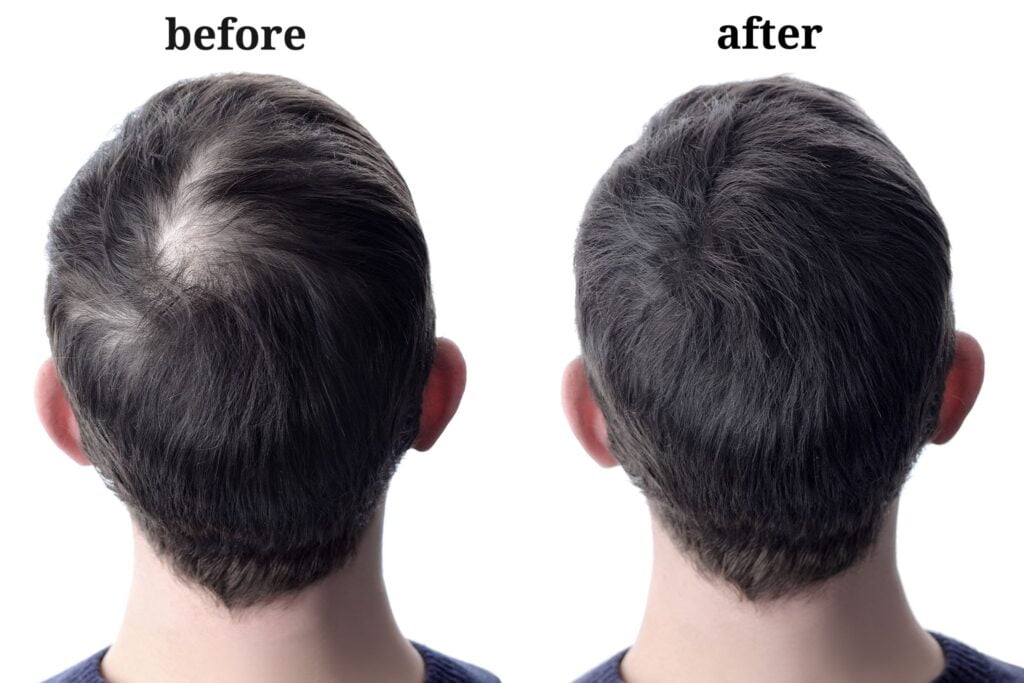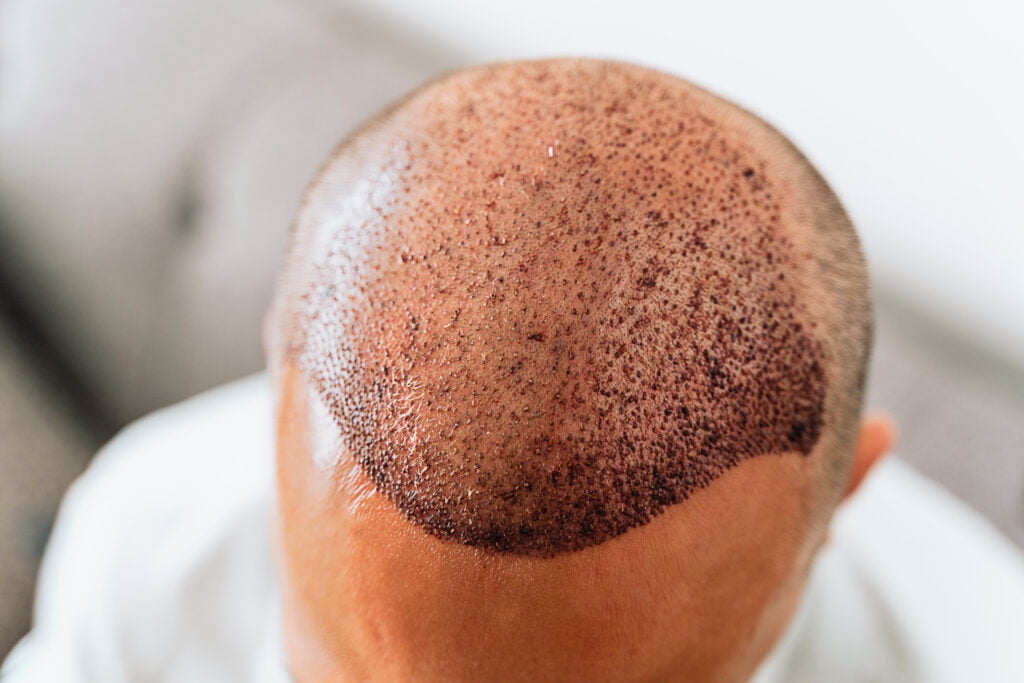Table of Contents
Hair Transplants: What You Need to Know
If you are struggling with hair loss or thinning hair, you may have considered getting a hair transplant. A hair transplant is a surgical procedure that moves hair from one area of your scalp to another, where the hair is sparse or bald. It can help restore your natural hairline, improve your appearance, and boost your self-confidence.
But before you decide to go for a hair transplant, there are some things you need to know. In this article, we will explain what a hair transplant is, how it works, what are the different types of hair transplants, what are the benefits and risks of the procedure, what to expect during and after the surgery, and what are some alternatives to hair transplants.
What is a hair transplant?
A hair transplant is a type of cosmetic surgery that involves moving hair follicles from one part of your scalp (called the donor area) to another part (called the recipient area) where the hair is thinning or balding. The donor area is usually the back or sides of your head, where the hair is more resistant to hormonal changes and genetic factors that cause hair loss. The recipient area is usually the front or top of your head, where the hair loss is most noticeable.
The goal of a hair transplant is to create a natural-looking and permanent result that matches your existing hair in terms of color, texture, density, and direction. A hair transplant can also be used to restore hair on other parts of your body, such as your eyebrows, eyelashes, beard, or chest.
How does a hair transplant work?
A hair transplant works by transferring healthy hair follicles from one area of your scalp to another. Hair follicles are the tiny structures under your skin that produce hair. Each follicle contains one to four hairs, which grow in natural groupings called units. A hair transplant aims to preserve these units and relocate them to the recipient area without damaging them.
There are two main methods of extracting and implanting hair follicles: follicular unit transplantation (FUT) and follicular unit extraction (FUE). Both methods require local anesthesia and can take several hours to complete, depending on the size of the area being treated and the number of grafts needed.
Follicular unit transplantation (FUT)
FUT, also known as strip surgery, involves removing a strip of skin from the donor area with a scalpel. The strip is then divided into smaller pieces called grafts, each containing one to four hairs. The grafts are then stored in a special solution until they are ready to be implanted into tiny incisions made in the recipient area. The donor area is then stitched up and covered with a bandage.
FUT is an older and more invasive technique that can leave a linear scar on the back of your head. However, it can also yield more grafts in one session and may be more suitable for patients with extensive hair loss or limited donor supply.
Follicular unit extraction (FUE)
FUE involves using a small punch device to remove individual follicles from the donor area. The device makes circular incisions around each follicle and extracts them with a suction device. The extracted follicles are then inserted into tiny holes made in the recipient area with a fine needle. The donor area heals with small white dots that are barely visible.
FUE is a newer and less invasive technique that does not leave a linear scar on the back of your head. It also allows for more precise harvesting and placement of grafts and may result in less pain and faster recovery. However, it can also be more time-consuming and expensive than FUT and may require shaving your entire head before the procedure.
What are the benefits of a hair transplant?
A hair transplant can offer several benefits for people who suffer from hair loss or thinning hair. Some of these benefits include:
- Improving your appearance and self-esteem by restoring your natural hairline and filling in bald spots.
- Providing a permanent solution for hair loss that does not require ongoing maintenance or medication.
- Using your own hair that matches your existing hair in terms of color, texture, density, and direction.
- Having minimal downtime and side effects after the surgery.
- Being able to style and cut your hair as you wish after it grows back.
What are the risks of a hair transplant?
A hair transplant is generally considered a safe and effective procedure, but like any surgery, it also carries some risks and complications. Some of these risks include:
- Bleeding, infection, swelling, bruising, or numbness at the donor or recipient site.
- Scarring at the donor site (especially with FUT) or visible dots at the recipient site (especially with FUE).
- Poor wound healing or skin necrosis (death of skin tissue) at the donor or recipient site.
- Graft failure or poor growth of transplanted hairs.
- Unnatural-looking results or mismatched hair characteristics.
- Continued or progressive hair loss around or between transplanted hairs.
- Pain, itching, or inflammation of the scalp or transplanted hairs.
- Allergic reaction to anesthesia or medication.
What to expect during and after a hair transplant?
Before a hair transplant, you will have a consultation with your surgeon to discuss your medical history, expectations, goals, and options. Your surgeon will examine your scalp and hair and determine the best technique, number of grafts, and design for your hair transplant. You will also receive instructions on how to prepare for the surgery, such as avoiding smoking, alcohol, blood thinners, and certain medications.
During a hair transplant, you will be given local anesthesia to numb your scalp and prevent pain. Depending on the method used, your surgeon will either remove a strip of skin from the donor area or extract individual follicles from the donor area. The extracted grafts will then be implanted into the recipient area. The procedure can take anywhere from four to eight hours, depending on the size of the area being treated and the number of grafts needed.
After a hair transplant, you will be given post-operative care instructions and medication to prevent infection, pain, and inflammation. You will also need to wear a bandage or cap over your head for a few days to protect the grafts. You may experience some bleeding, swelling, bruising, or numbness at the donor or recipient site, which should subside within a week or two. You will need to avoid washing, brushing, or styling your hair for a few days and avoid strenuous activities or direct sunlight for a few weeks.
You will be able to see the transplanted hairs immediately after the surgery, but they will fall out within two to four weeks due to a normal process called shock loss. This is not a cause for concern, as new hairs will grow from the transplanted follicles within three to six months. You will see the final results of your hair transplant after 12 months, when your hair reaches its full length and density.

What are some alternatives to hair transplants?
A hair transplant is not the only option for treating hair loss or thinning hair. There are some alternatives that may work for some people, depending on the cause and extent of their hair loss. Some of these alternatives include:
- Medications: There are two FDA-approved medications for treating male pattern baldness: minoxidil (Rogaine) and finasteride (Propecia). Minoxidil is a topical solution that you apply to your scalp twice a day to stimulate hair growth. Finasteride is a pill that you take once a day to block the hormone that causes hair loss. Both medications can slow down or stop hair loss and may regrow some hair, but they also have some side effects and require continuous use to maintain results.
- Laser therapy: Laser therapy is a non-surgical treatment that uses low-level lasers to stimulate blood flow and cellular activity in the scalp. This can improve the health and growth of existing hairs and may prevent further hair loss. Laser therapy can be done at home with a laser cap or comb or at a clinic with a laser device. Laser therapy is painless and safe, but it can be expensive and time-consuming and may not work for everyone.
- Platelet-rich plasma (PRP) therapy: PRP therapy is an injectable treatment that uses your own blood plasma enriched with platelets and growth factors to stimulate healing and regeneration in the scalp. PRP therapy can increase the thickness and density of existing hairs and may promote new hair growth by activating dormant follicles. PRP therapy is minimally invasive and has few side effects, but it can also be costly and require multiple sessions to achieve results.
- Scalp micropigmentation (SMP): SMP is a cosmetic procedure that uses tiny needles to deposit pigment into the scalp to create the illusion of hair follicles. SMP can create a natural-looking buzz cut or fill in thinning areas of the scalp. SMP is permanent and does not require maintenance, but it can also be painful and may fade over time.
Conclusion
A hair transplant is a surgical procedure that can restore hair growth to areas of the scalp with limited or absent growth. It can improve your appearance and self-esteem by creating a natural-looking and permanent result. However, a hair transplant also has some drawbacks, such as cost, risk of complications, recovery time, and possible need for repeat procedures.
If you are considering getting a hair transplant, you should consult with an experienced and qualified surgeon who can evaluate your scalp and hair condition, discuss your expectations and goals, explain the different techniques and options available, and recommend the best course of action for you. You should also do your own research and weigh the pros and cons of each method before making a decision.
A hair transplant is not the only solution for treating hair loss or thinning hair. There are some alternatives that may work for some people, such as medications, laser therapy, PRP therapy, or SMP. These alternatives may have different levels of effectiveness, safety, convenience, cost, and durability than a hair transplant.







